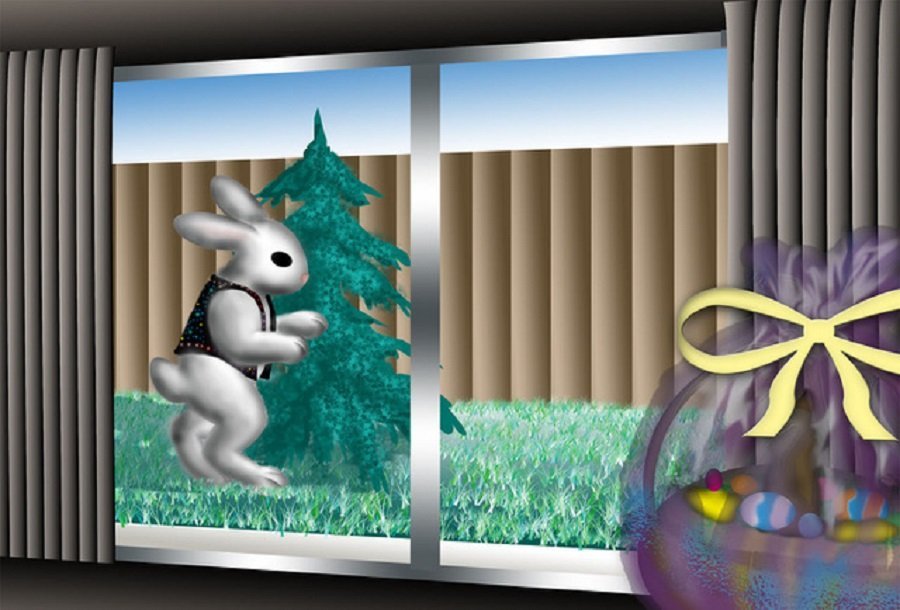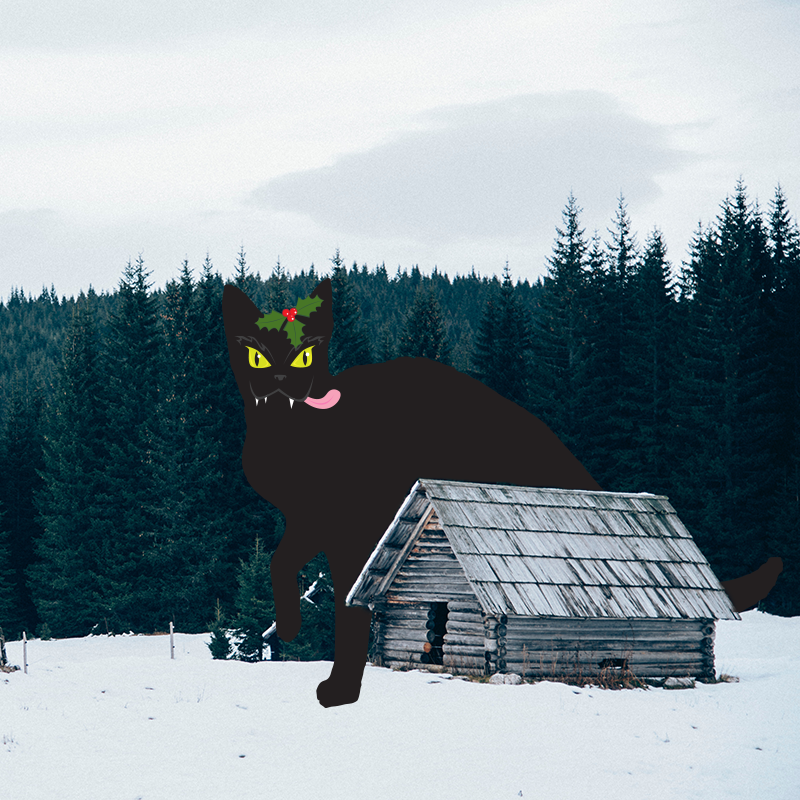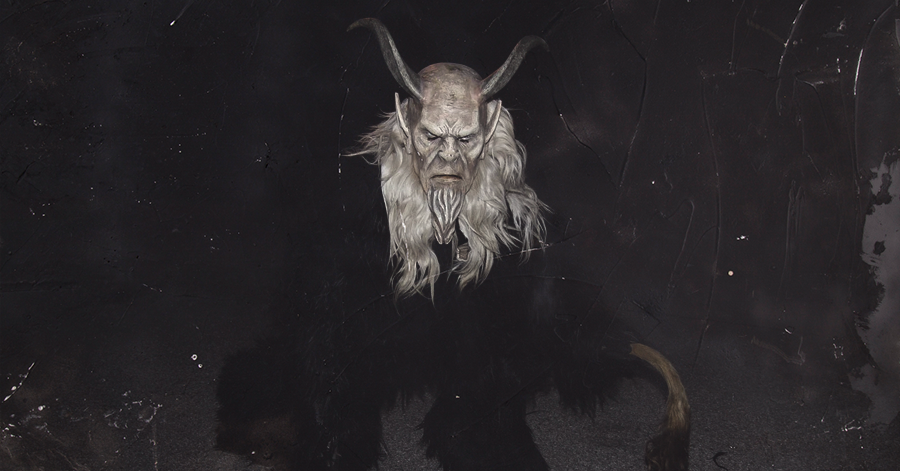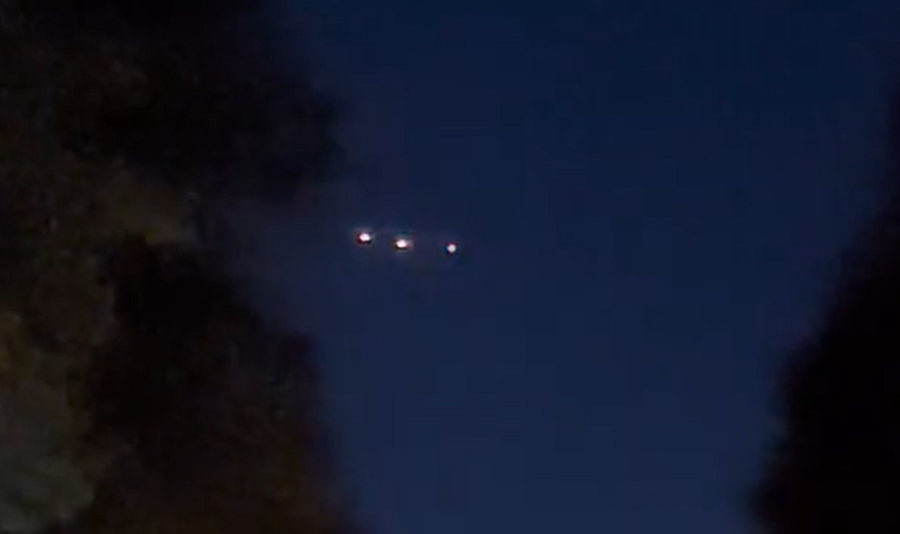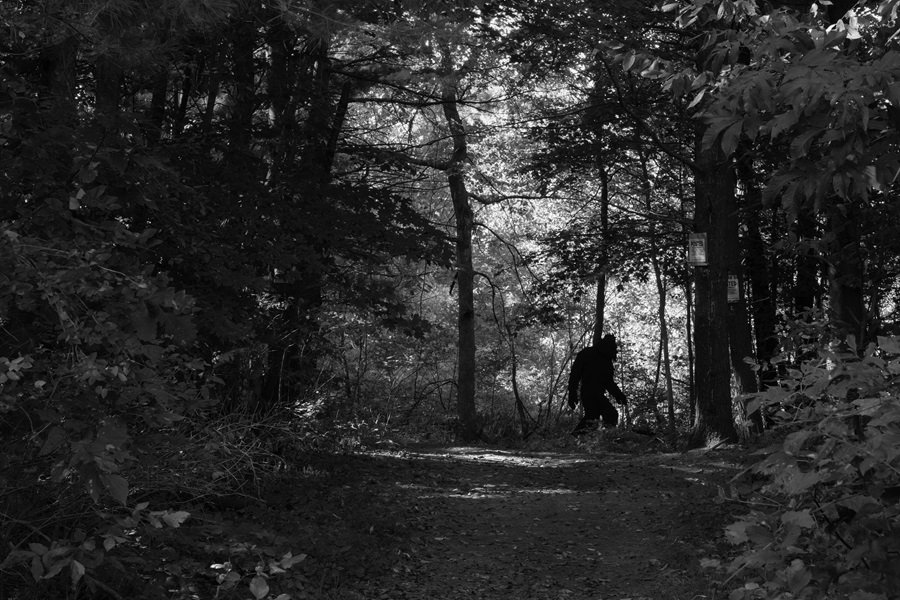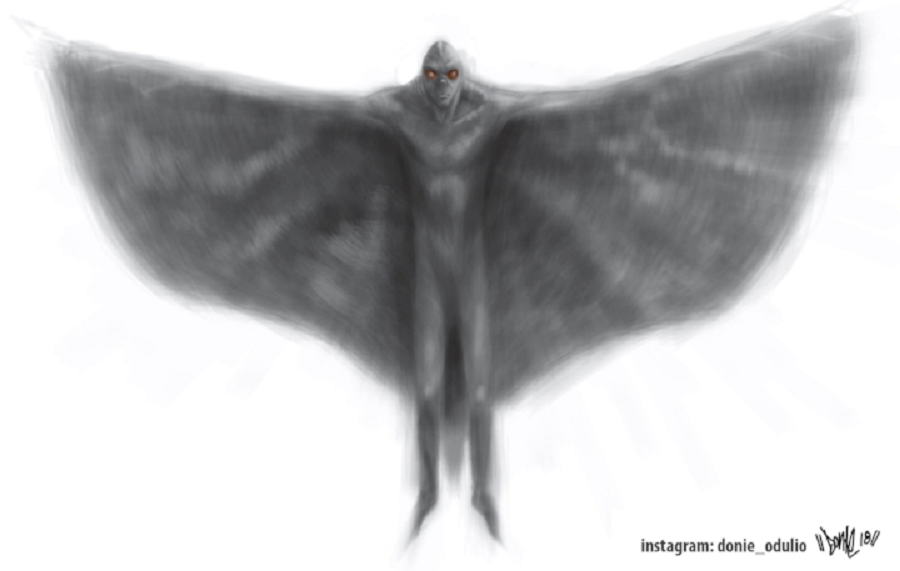The Mari Lwyd
The Mari Lwyd is the featured oddity in a mysterious Welsh holiday tradition wherein a horse skull is mounted on a long pole and decorated with various bright baubles and ribbons, while a person controlling it from beneath, hidden under a white cloth attached to the skull, leads a parade of characters—including such stock favorites as Punch and Judy—from door to door in search of hospitality. This strange troupe travels to people’s homes between Christmas and New Year’s Day, hoping to gain entrance in exchange for a song. The singers are met with much expected resistance from the residents of these homes, who respond to their song with one of their own. This exchange continues until, normally, the good-natured contest ends with the Mari Lwyd and its accompanying party being invited inside for food and drink.
The earliest known record of the Mari Lwyd comes from J. Evans' A Tour through Part of North Wales, in the year 1798, and at Other Times, published in 1800.
A man on new year's day, dressing himself in blankets and other trappings, with a factitious head like a horse, and a party attending him, knocking for admittance, this obtained, he runs about the room with an uncommon frightful noise, which the company quit in real or pretended fright; they soon recover, and by reciting a verse of some cowydd [a form of traditional Welsh poetry], or, in default, paying a small gratuity, they gain admission.
Despite its relatively recent appearance in known texts, many in the modern pagan community have connected the tradition to pre-Christian pagan beliefs. This connection is often tied to Rhiannon, the Welsh “Maiden of the Otherworld” who has a strong association with horses. Rhiannon is said to have ridden a white horse, faster than any other, and to have herself been forced to take the form of a horse to carry riders after having been falsely accused of her son’s murder.
Believers in this connection point not only to the equine aspect of the Mari Lwyd tradition, but also to the skull and its symbolic representation of death, since Rhiannon is thought to have perhaps acted as a psychopomp, given she possessed three magical birds said to be able to wake the dead and lull the living to sleep. The Mari Lwyd, under this belief system, would then represent the cyclical acceptance and overcoming of death as the darkest days of winter give way to the eventual return of spring’s fecundity. Similar associations are made with Macha, the Irish earth goddess with a strong connection to horses, and the Gallic goddess of horses, Epona, both of whom a number of scholars consider to be counterparts to Rhiannon.
Late 19th and early 20th century folklorists David Jones and Iorwerth C. Peate have translated the Mari Lwyd as “Blessed Mary” or “Holy Mary,” respectively, arguing that there is a Christian connection to the tradition. To Peate, that connection was a pagan ceremony that had been renamed after the Virgin Mary in the Middle Ages. But Jones took the association with Christianity even further, suggesting that the entire tradition arose out of the Feast of the Ass, a festival commemorating the flight of Mary and Joseph into Egypt, historically marked on January 14th. In this interpretation, the Mari Lwyd represents the donkey on which Mary rode.
These explanations have since fallen out of favor due to a lack of evidence to support the tradition existing in antiquity. A more popular modern hypothesis is that the Mari Lwyd arose out of a “hooded animal” tradition which exists throughout Britain in various forms; a tradition identified by 20th century folklorist E.C. Cawte, who translated the Mari Lwyd as "Grey Mare." Features noted by Cawte to be common to these customs were the use of a hobby horse, the performance at Christmas time, a song or spoken statement requesting payment, and the use of a team which includes a man dressed in women's clothing. This approach aims at objectivity, neither accepting nor denying any unproven connections to religious belief systems, but rather admitting that the origin is a mystery—one that may or may not have been influenced by preexisting beliefs.
Despite a dip in popularity in the early 1900s, by mid-century the tradition of the Mari Lwyd had been resurrected, and is still popularly practiced throughout Wales today. So, if a terrifying horse skull wearing a white sheet turns up at your door accompanied by a troupe of strange characters this Yuletide season, feel free to invite them in for some holiday cheer, but not before engaging them in a glorious sing-off—just make sure to put up a good fight, that’s half the fun.
To report your own encounter with the impossible, reach out to us directly at the Singular Fortean Society through our contact page.
If you enjoyed this article and would like to support the Singular Fortean Society, please consider becoming an official member by signing up through our Patreon page—membership includes a ton of extra content and behind-the-scenes access to the Society’s inner workings.



